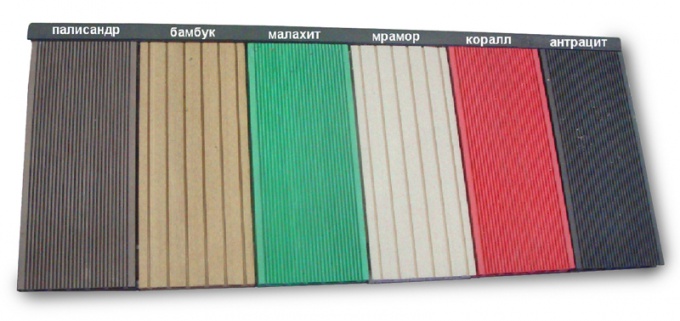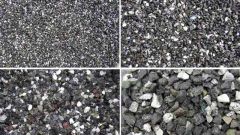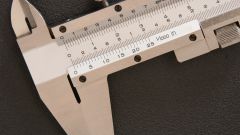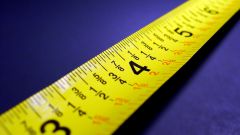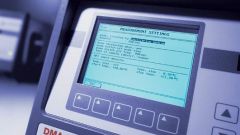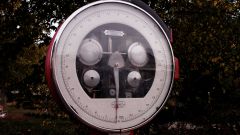You will need
- calculator
Instruction
1
To convert a known amount of kg per cubic meter, find the density of a substance to which he is transferred. To do this, locate the appropriate table of the density of a substance. For convenience of calculations the density of the substances in this table should be indicated in kilograms per cubic meter (kg/m3). This is the standard unit of density in the SI (system international).
2
Defining the table the matter density, use the following formula:
KMK = Kkg / P,
where: KMK – the number of cubic meters,
Kkg – number kg (kilograms),
P – density of the substance expressed in kg/m3.
For example, suppose you want to calculate what volume (how many cubic meters is 10 tons (10,000 kg) of decking.
Solution:
Find (online) the density of the decking. It is 800 kg/m3. Using the above formula, we can calculate that the number of cubic meters will be:
10000 / 800 = 12,5
KMK = Kkg / P,
where: KMK – the number of cubic meters,
Kkg – number kg (kilograms),
P – density of the substance expressed in kg/m3.
For example, suppose you want to calculate what volume (how many cubic meters is 10 tons (10,000 kg) of decking.
Solution:
Find (online) the density of the decking. It is 800 kg/m3. Using the above formula, we can calculate that the number of cubic meters will be:
10000 / 800 = 12,5
3
It often happens that to determine the density of the substance in the tables difficult. For example, some tables may not be at hand or don't know the name of the substance. Sometimes items can be constructed from several materials, combined in unknown proportions. Moreover, even the known density of the substance (material) can vary within wide limits (for example, the density of wood depends on its moisture content).
4
If you define the density of matter in the following table, measure it yourself. For this (possible) separate a piece of material, preferably of regular shape and calculate its volume in cubic meters. For example, if boards, then sawed off smoothly about half-meter segment of the Board. Then measure (in meters) the length, width and thickness of the sample. Multiply these numbers – the resulting work would amount. Now weigh the scrap Board and divide his weight (in kg) to the previously calculated volume (m3). The resulting number will be equal to the density of the Board in kg/m3.
5
If the cubic meters it is necessary to translate a known amount of a kilogram of water or weak solutions of other substances, the liquid density can be taken equal to 1000 kg/m3. This density value can be used in the rough (estimated) calculations of the volumes of other liquids.
To get an accurate value of the density of the liquid, pour the liquid in a measuring cylinder or fill her a container of known volume. Then weigh the liquid container and divide its mass (excluding the weight of packaging) per volume. Follow the same procedure to obtain the density of bulk materials.
To get an accurate value of the density of the liquid, pour the liquid in a measuring cylinder or fill her a container of known volume. Then weigh the liquid container and divide its mass (excluding the weight of packaging) per volume. Follow the same procedure to obtain the density of bulk materials.
